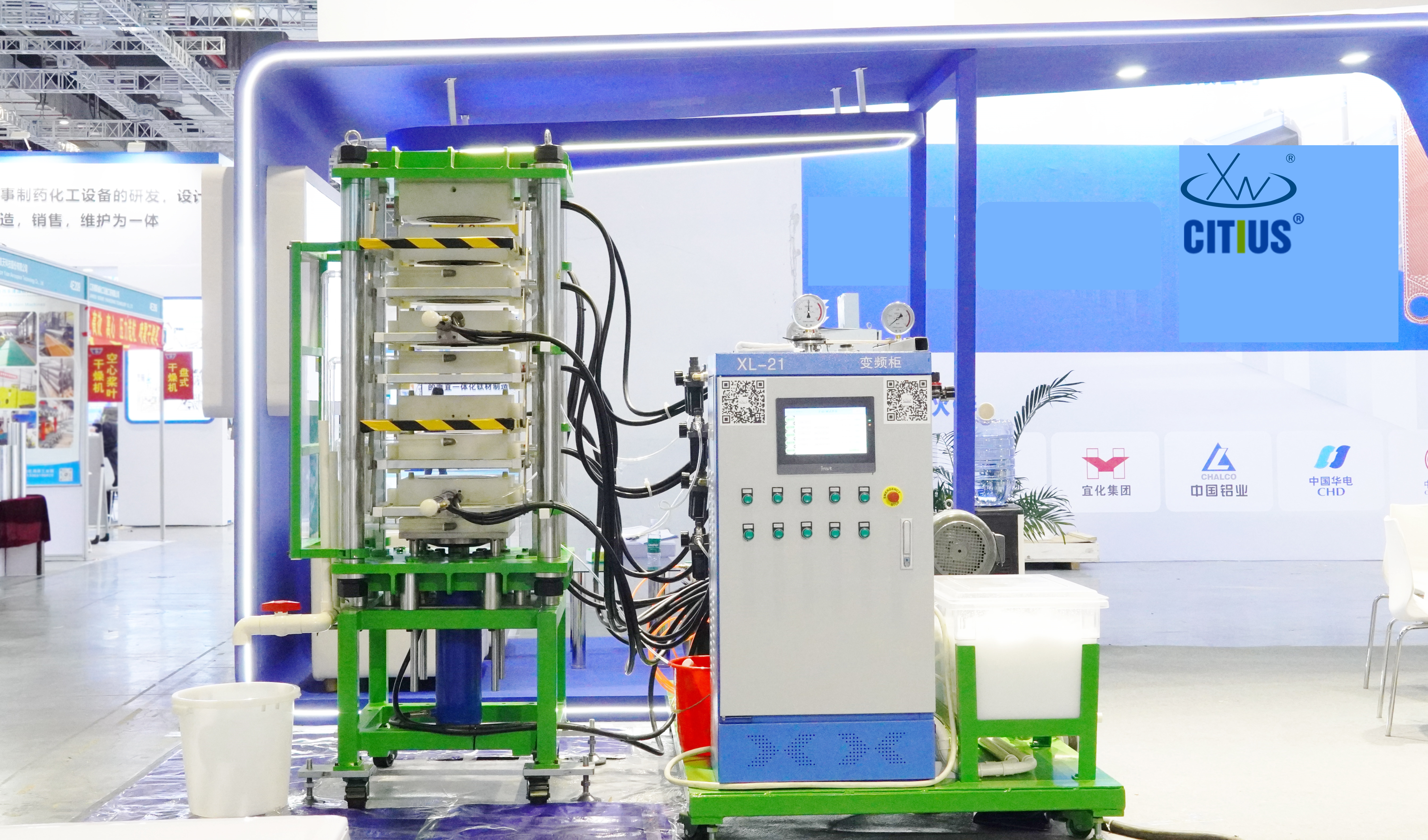What does cloth do in a filter?
Release time:
2025-07-11
Introduction to Filtration
Ever wondered about the magic behind clean water or fresh air? It’s not all just science; it’s also a bit of art! Filtering is a process we often take for granted, but it’s essential in our daily lives. One of the unsung heroes of this process is none other than cloth! What does cloth do in a filter?? Let’s dive into this fascinating topic together!
The Basics of Filtration
Filtration is the separation of solid matter from a liquid or gas using a porous material. Sounds simple, right? But hold your horses! There’s a lot more to it. The type of material used in filtration can greatly affect the quality of the outcome. That’s where cloth comes in!
What Does Cloth Do in a Filter?
So, what does cloth do in a filter? Well, cloth acts as a barrier, allowing liquids and gases to pass through while trapping larger particles. This means that whether you’re brewing coffee or filtering water, cloth plays a vital role in ensuring you get a clean result. Isn’t that cool? It’s like having a superhero in your kitchen or workshop!
Types of Cloth Used in Filters
Not all cloth is created equal! Different types of cloth are used depending on the filtration needs:
- Muslin: A lightweight cotton fabric, great for brewing tea or straining liquids.
- Cheesecloth: Perfect for making cheese or filtering stocks, it allows fine particles to escape.
- Microfiber: This is the go-to for cleaning applications, capturing dirt and particles like a magnet!
The Science Behind It
Alright, let’s get a bit technical! When you pour a liquid through cloth, several processes are at play. Here’s the scoop:
- Mechanical Filtration: The cloth physically traps larger debris, preventing it from passing through.
- Adsorption: Some particles cling to the surface of the cloth, further cleaning the liquid.
- Permeability: The cloth allows certain sizes of particles to pass, letting clean liquid flow while retaining impurities.
Practical Applications of Cloth Filters
From your kitchen to industrial settings, cloth filters are everywhere! Here are a few notable examples:
- Home Brewing: When making your favorite brew, cloth filters ensure a smooth sip without the grit.
- Aquarium Maintenance: Fish tanks often use cloth filters to keep water clear and healthy for aquatic life.
- Industrial Filtration: In manufacturing, cloth filters help purify liquids and gases, making processes more efficient.
The Environmental Angle
Using cloth in filters isn’t just practical; it’s also eco-friendly! Reusable cloth filters can significantly reduce waste generated by single-use products. Not to mention, they’re often made from natural materials, making them a sustainable choice. So, the next time you brew a cup of coffee with a cloth filter, give yourself a pat on the back for being kind to the planet!
Conclusion: The Unsung Hero of Filtration
In the grand scheme of things, cloth may seem like a small player, but it’s a crucial component in the filtration process. So, next time you find yourself pondering, what does cloth do in a filter?, remember its role as a barrier, purifier, and eco-friendly alternative. Whether in your home or an industrial setting, cloth filters are truly the unsung heroes of clean liquids and air!
Previous article:
The next one:

